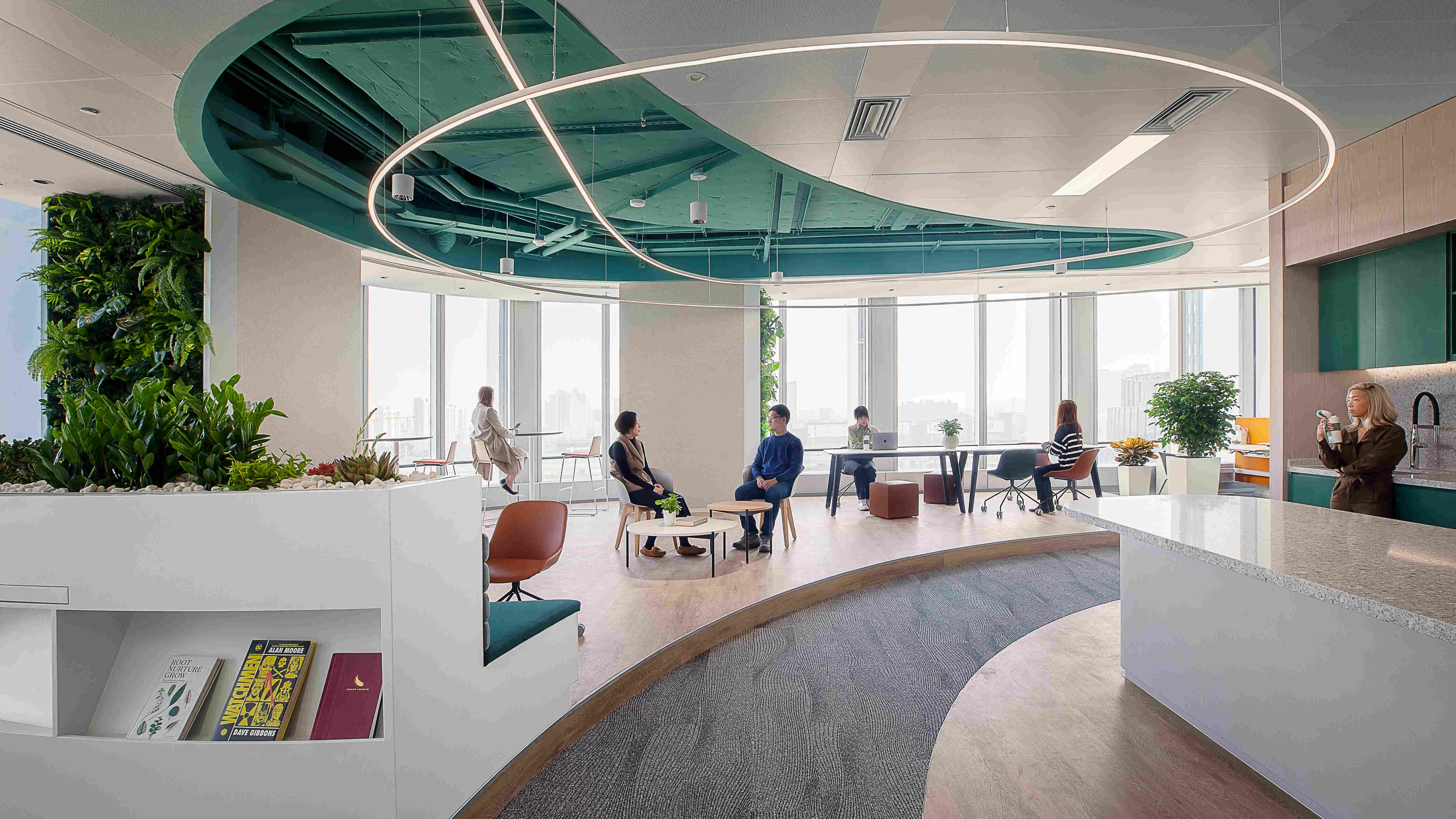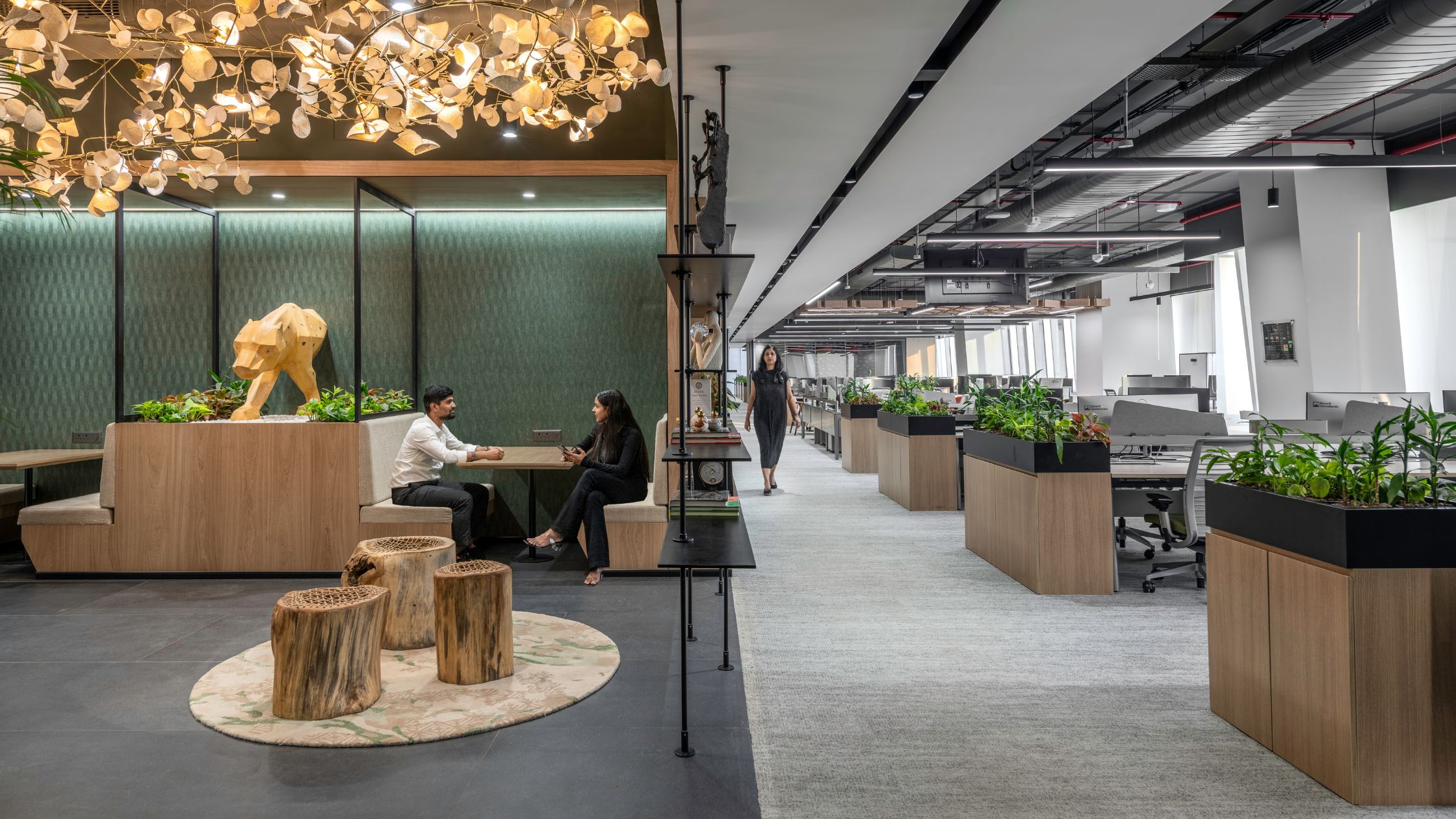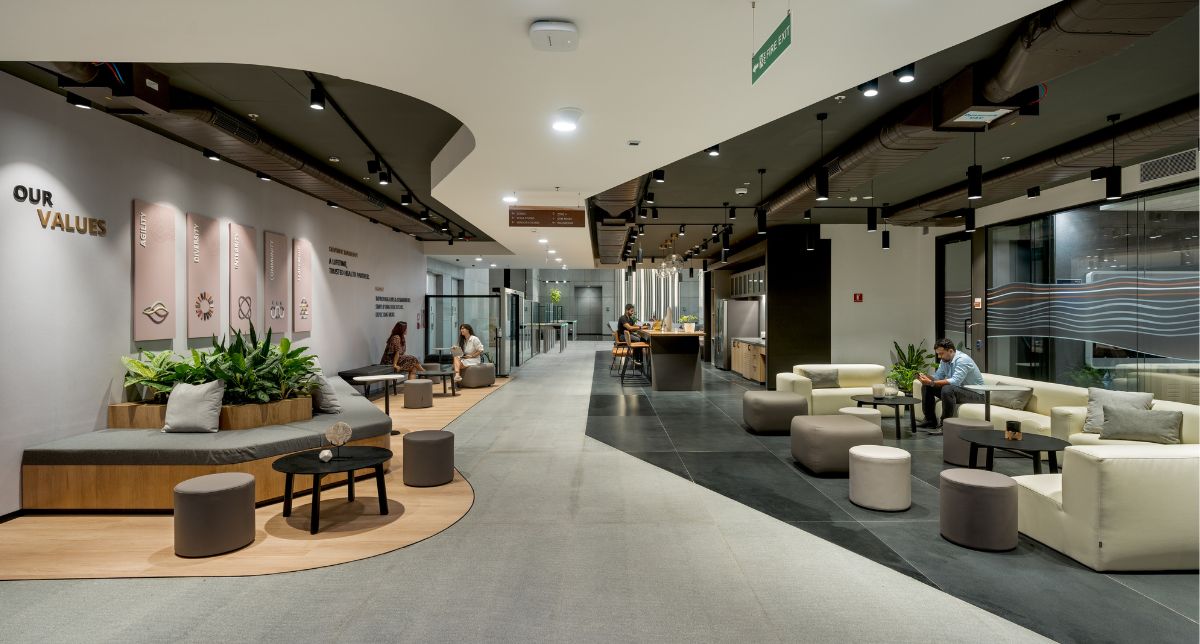The Costliest APAC Expansion Mistake? Neglecting Your Employee Engagement
By: Jessica Wan
As the Asia-Pacific region continues to emerge as a global hub for innovation, operations, and talent, organisations are increasingly expanding their presence across its diverse markets. From regional headquarters in Singapore to development centres in Bengaluru and innovation labs in Tokyo or Ho Chi Minh City, APAC is no longer just a cost-efficiency play—it’s a strategic growth driver.
But while the business case for APAC expansion is clear, there’s a less visible challenge that many global leaders overlook until it's too late: Keeping employees truly engaged across such a culturally and operationally diverse region.
And it’s not just a soft metric. Disengagement is a multi-billion-dollar issue—and one that’s harder to fix at scale if it isn’t addressed at the foundational stage of expansion.
The APAC Paradox: High Growth, High Complexity
The APAC workforce is one of the most dynamic in the world—rich in digital fluency, entrepreneurial energy, and cross-disciplinary talent. But it’s also one of the most complex to unify.
Each market brings its own culture, work ethic, leadership expectations, and definitions of engagement. In India, employees may value growth opportunities and social connections. In Japan, harmony, trust, and respect from leadership are critical. In Australia, autonomy and flexibility lead. One-size-fits-all approaches often fall short in this region.
This complexity creates a risk: unless you build a unifying strategy from the outset, your APAC teams can become culturally fragmented, emotionally disconnected, and operationally misaligned—even as your business grows.
Disengagement Is More Expensive Than You Think
Gallup’s 2025 State of the Global Workplace report shows troubling signals from Europe. Only 13% of employees in Western Europe are engaged at work—the lowest of any global region—while 17% are actively disengaged. In the United Kingdom, just 12% of employees report being engaged.
The result? Low engagement across Europe costs businesses an estimated €224 billion annually in lost productivity.
These numbers highlight a cautionary tale: neglecting engagement has significant financial and cultural consequences even in developed, mature economies. In high-growth, high-variability regions like APAC, the impact is magnified by:
- Rapid scaling without cultural alignment
- Distributed leadership and communication gaps
- Offices that feel transactional, not intentional
- Managers who struggle to lead across hybrid or regional teams
When left unaddressed, disengagement leads to high turnover, reduced innovation, inconsistent customer experiences, and missed business targets, especially in newer markets where your brand is still establishing itself.
The Role of Workplace Design in Aligning Vision and Culture
Here’s what many businesses miss: your APAC workplace is not just an operational asset. It is your most strategic lever to bridge global brand identity with regional employee experience.
A thoughtfully designed office can translate your company’s purpose, values, and expectations into a tangible, everyday experience for employees, regardless of their location or background.
In APAC, where team members often straddle global mandates and local realities, this physical environment becomes critical in aligning people with purpose.
Designing for Engagement in APAC: Strategic Considerations
To succeed in APAC, organisations need to embed engagement into the design of their spaces, not as an afterthought, but as a foundational principle. Here’s how:
1. Unify the Global Vision with Local Expression
Design spaces that reflect the universal values of your brand, while adapting to the cultural and aesthetic context of each region. This signals consistency without imposing uniformity. For example, A workplace in India should feel like your brand, but also resonate with the expectations and lifestyle of talent based there.
2. Create Spaces that Build Belonging
Disengagement often stems from employees feeling like satellites to the “main” business. Combat this by designing offices that reinforce inclusion and shared ownership. Leverage shared spaces, cultural storytelling, and employee-led design elements to root teams in purpose.
3. Support Diverse Workstyles and Rhythms
Don’t assume a Western notion of productivity applies everywhere. Design with flexibility: quiet zones for deep focus, communal zones for collectivist cultures, and wellness areas that reflect holistic regional preferences.
4. Enable Local Managers to Lead Effectively
Given that managers account for 70% of engagement variance, design spaces that support visibility, mentorship, and feedback loops. Whether through informal huddle areas or technology-equipped meeting zones, give managers the tools to connect across hierarchies and geographies.
5. Design for Hybrid-Ready Consistency
Hybrid is here to stay, and in APAC, its form varies by market. Your physical workplace should seamlessly extend the remote experience, offering cultural immersion, collaboration infrastructure, and a reason for teams to want to come together.
What’s at Stake: More Than Just Retention
When designed well, the workplace becomes a business multiplier across APAC. It helps unify distributed teams, reinforce culture, reduce attrition, and accelerate performance.
But when neglected, it becomes a silent drag on productivity—an unintentional signal that local teams are an afterthought. And in fast-growing markets where competition for top talent is fierce, that can be costly.
The Bottom Line
Expanding across APAC isn’t just a logistical move—it’s a cultural commitment. And thoughtful workplace design is the bridge between a centralised brand vision and a decentralised, high-potential workforce.
Whether you're setting up your first regional HQ or scaling across multiple markets, remember this: Engagement doesn’t happen by policy. It happens by design.





